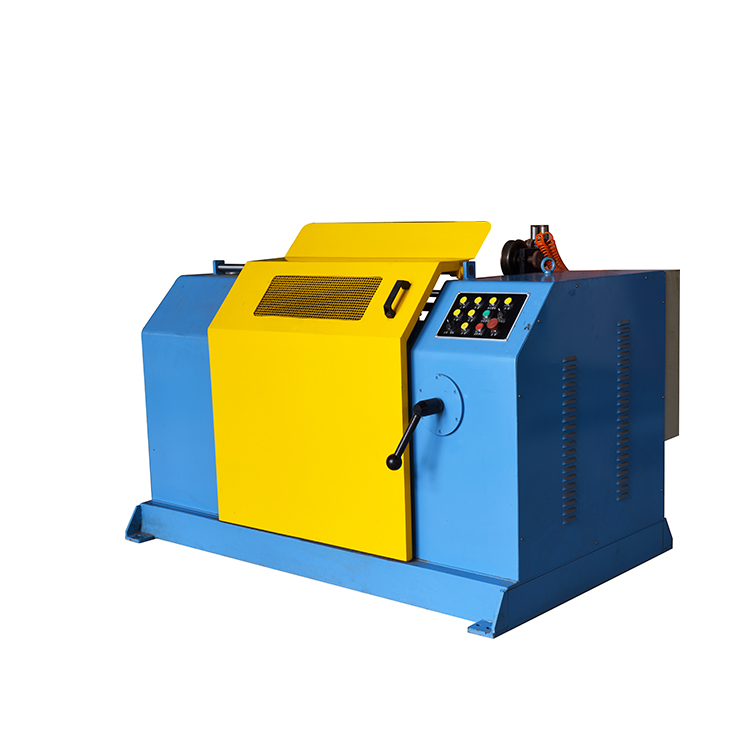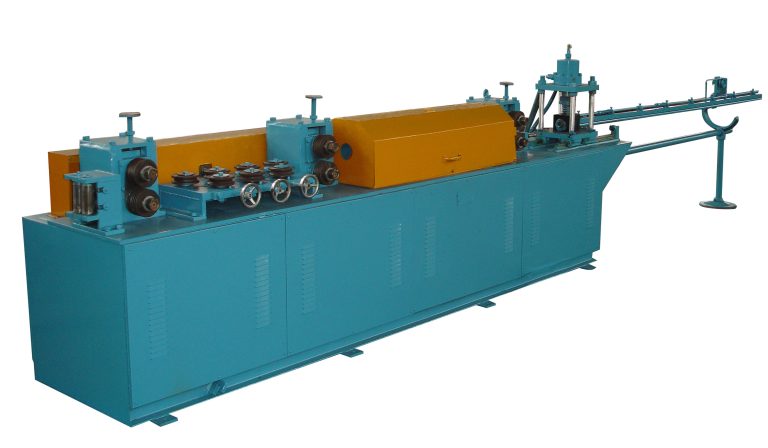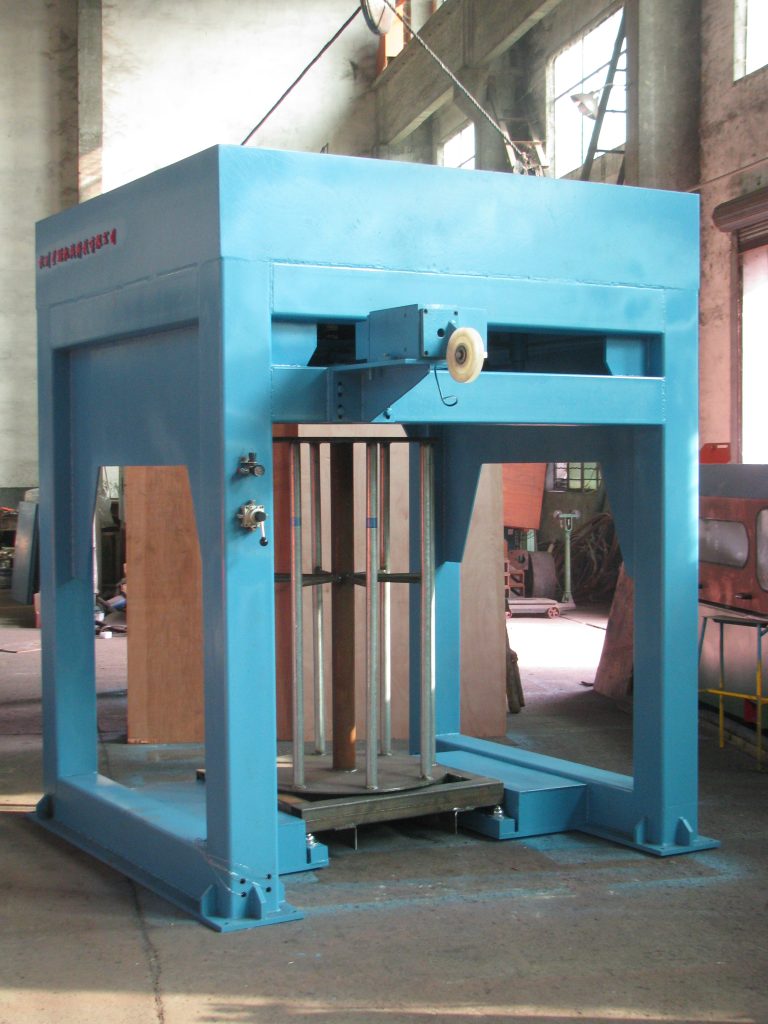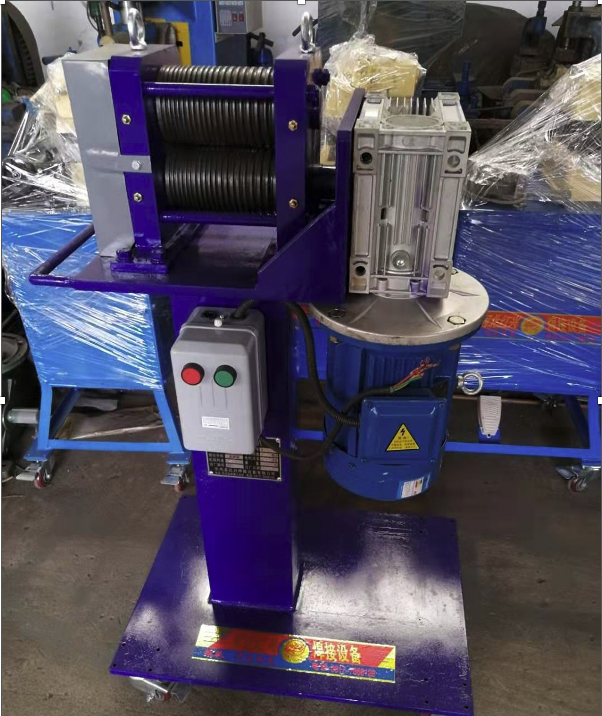Table of Contents
Tips for Maximizing Efficiency with Horizontal Spooler Of Wire Drawing Machine Process
Wire drawing machines are essential tools in the manufacturing industry for producing wire of various diameters and materials. One crucial component of a wire drawing machine is the horizontal spooler, which plays a vital role in the wire drawing process. In this article, we will discuss some tips for maximizing efficiency with a horizontal spooler in the wire drawing machine process.

First and foremost, it is essential to ensure that the horizontal spooler is properly set up and maintained. This includes checking for any wear and tear on the spooler components, such as the spooling drum and bearings. Regular maintenance and lubrication of these components will help prevent breakdowns and ensure smooth operation of the spooler.
Another important tip for maximizing efficiency with a horizontal Wire Spooling Machine is to properly tension the wire during the spooling process. Proper tensioning of the wire is crucial for achieving consistent wire diameter and quality. Adjusting the tensioning mechanism on the spooler to the correct setting for the wire being drawn will help prevent wire breakage and ensure a smooth spooling process.
In addition to proper tensioning, it is also important to monitor the speed of the spooler during the wire drawing process. Adjusting the spooler speed to match the drawing speed of the wire will help prevent overstretching or snapping of the wire. Maintaining a consistent spooler speed will also help ensure uniform wire diameter and quality throughout the spooling process.
Furthermore, it is essential to properly align the wire on the spooler drum to prevent tangling and ensure smooth spooling. Proper alignment of the wire on the drum will help prevent snags and jams, which can lead to downtime and decreased efficiency in the wire drawing process. Regularly checking and adjusting the wire alignment on the spooler drum will help maintain a continuous and efficient spooling process.

Lastly, it is important to regularly inspect and clean the horizontal spooler to prevent buildup of dirt and debris that can affect its performance. Cleaning the spooler components, such as the drum and guide rollers, will help prevent friction and ensure smooth operation of the spooler. Regular inspection of the spooler for any signs of wear or damage will also help prevent breakdowns and ensure optimal performance.
In conclusion, maximizing efficiency with a horizontal spooler in the wire drawing machine process requires proper setup, maintenance, tensioning, speed control, wire alignment, and cleaning. By following these tips, manufacturers can ensure a smooth and efficient wire drawing process, resulting in high-quality wire products. Proper care and maintenance of the horizontal spooler will help prevent downtime and costly repairs, ultimately leading to increased productivity and profitability in the manufacturing industry.
Benefits of Using a Horizontal Spooler in Wire Drawing Machine Process
Wire drawing is a process used in the manufacturing industry to reduce the diameter of a wire by pulling it through a series of dies. This process is essential for producing wires of various sizes and shapes that are used in a wide range of applications, from electrical wiring to fencing. One crucial component of the wire drawing process is the spooler, which is used to wind the drawn wire onto a spool for storage and transportation.
There are two main types of Bobbin Spooling Machine used in wire drawing machines: vertical spoolers and horizontal spoolers. While both types serve the same purpose, there are distinct advantages to using a horizontal spooler in the wire drawing process.

One of the primary benefits of using a horizontal spooler is its space-saving design. Horizontal spoolers are typically more compact than vertical spoolers, making them ideal for facilities with limited space. This can be particularly advantageous for smaller manufacturing operations or workshops where space is at a premium.
Additionally, horizontal spoolers offer greater flexibility in terms of spool size and configuration. Because the spools are positioned horizontally, they can be easily adjusted to accommodate different spool sizes and shapes. This versatility allows manufacturers to use a variety of spools depending on the specific requirements of the wire being drawn.
Another key advantage of using a horizontal spooler is its ease of operation. Horizontal spoolers are designed to be user-friendly, with simple controls and easy access to the spooling area. This makes it easier for operators to load and unload spools, as well as monitor the spooling process for any potential issues.
Furthermore, horizontal spoolers are known for their efficiency in winding wire onto spools. The horizontal orientation of the spool allows for a more uniform distribution of the wire across the spool, resulting in a neater and more organized winding process. This can help to prevent tangling and ensure that the wire is wound evenly onto the spool, reducing the risk of damage during transportation.

In addition to their space-saving design, flexibility, ease of operation, and efficiency, horizontal spoolers also offer improved safety features compared to vertical spoolers. The horizontal orientation of the spool reduces the risk of the wire slipping off the spool during winding, which can help to prevent accidents and injuries in the workplace.
Overall, the use of a horizontal spooler in the wire drawing process can offer a range of benefits for manufacturers. From space-saving design and flexibility in spool size to ease of operation and improved safety features, horizontal spoolers are a valuable tool for optimizing the wire drawing process. By investing in a horizontal spooler, manufacturers can improve efficiency, productivity, and safety in their wire drawing operations.




